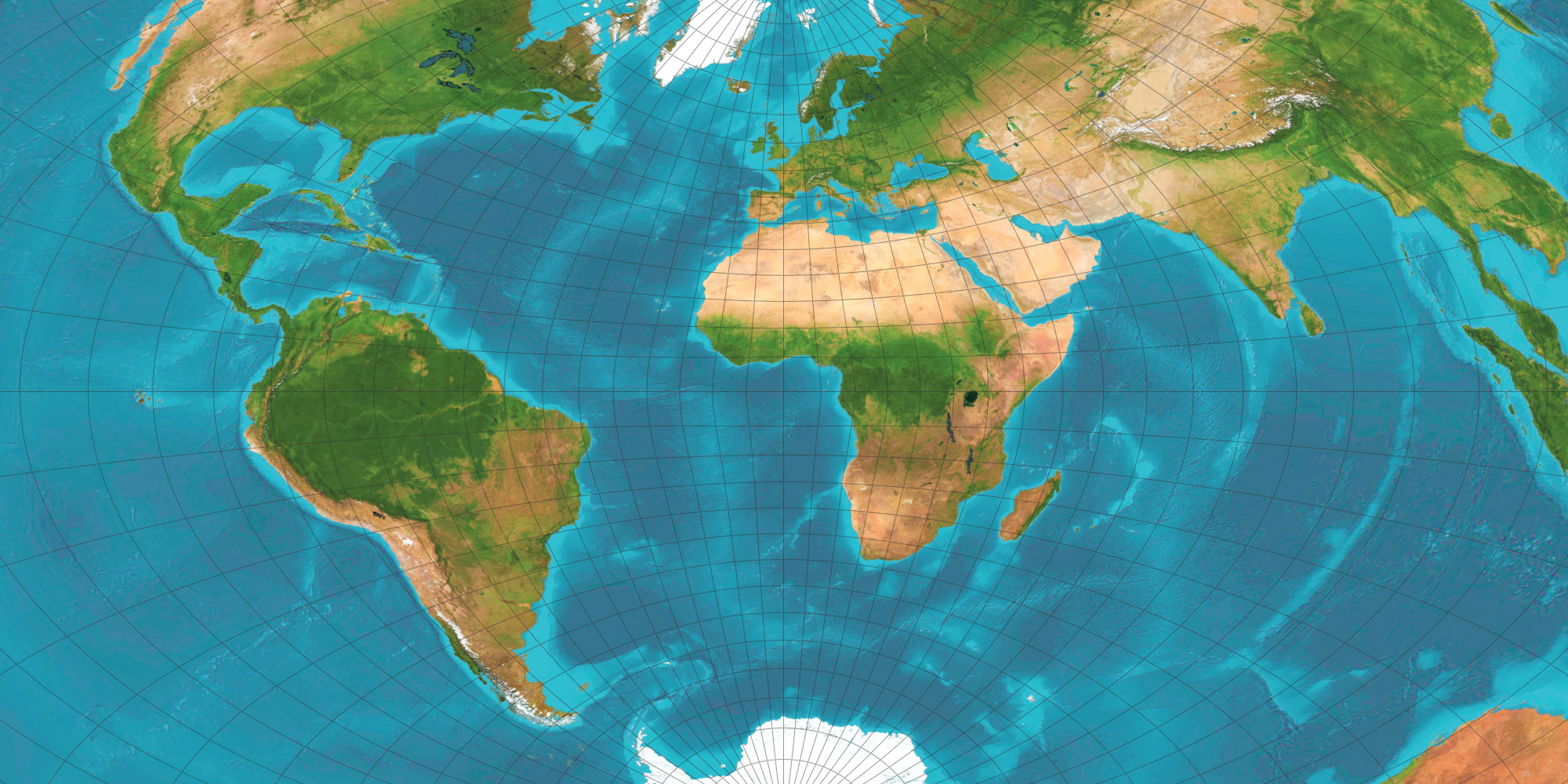

Slide the size control down around 50% to view. Warning do not roll the dice! - If you can't resist the temptation to roll the dice remember you have only one chance to undo or else you will have to reloadĬhange the map mode to normal to get a quick glimpse of how the world will look as a globe. Just play with it you'll see what it does. One more thing you can do is set the light direction using the light control tool. Up until you have a good selection of presets to choose from. Keep hitting the random seed button until you find a planet pattern that you like. For gas planets the less complexity the better. This will randomly generate planet patterns. Next hit the random seed button found next to the dice. Use the ice slider and color box to adjust the color around the poles.

Move the desert slider to increase/decrease area of coverage. Click on the desert color box to change the color around theĮquator. Under Climate there are three color boxes. On the color box to change the main color theme. For gas planets the land texture slider is set to zero. So the first thing to do is change to mural mode. Notice that my presets load in normal map mode. Use the load button to load the one of the gas presets offered above.
Flaming pear lunarcell plugin series#
Under the map mode icon there is a series of buttons, clouds, export, load, save and undo Texture to be used with Orbiter the mural map should be selected. In the very center of the LunarCell dialog box is an icon for selecting your map mode. Or you can begin by using one of my presets offered here as a good starting point. Therefore it is necessary to turn those elements off for now by The atmosphere, clouds and cities will be added after the planet textures are done. To design your own planet textures for Orbiter, you will only need to familiarize yourself with the controls for the Planet and Climate elements. A dialog box will appear with controls for these elements Planet,Ĭlimate, Air, Clouds and Cities. With the blank canvas ready to go, open the LunarCell filter in Photoshop. At that time you will open a new 4096 X 2048 pixel canvas (Orbiter level 7 ) and load your preset texture into it. Happy with the results you can save the LunarCell settings as a preset.

This canvas is for rapid texture development and testing. All that said though you can create some beautiful planets using the following techniques.īegin by opening Photoshop with a small 1024 X 512 canvas. So no matter how many mountainous planets you create they all end up looking the same. It simply uses one type of texture to simulate the look of elevation. For example it doesn't create mountain ranges or water ways in any great detail. The flaming pear website has the plugin available for download. LunarCell is a Photoshop plugin that can be use to make planet textures.
Flaming pear lunarcell plugin how to#
How to build planet textures with LunarCell OrbiterSim | FAQ | Acronyms | Add-ons | Screen Shots | Orbiter Tutorials Astronomy Portal to the Heavens, Deep Sky and Universe


 0 kommentar(er)
0 kommentar(er)
